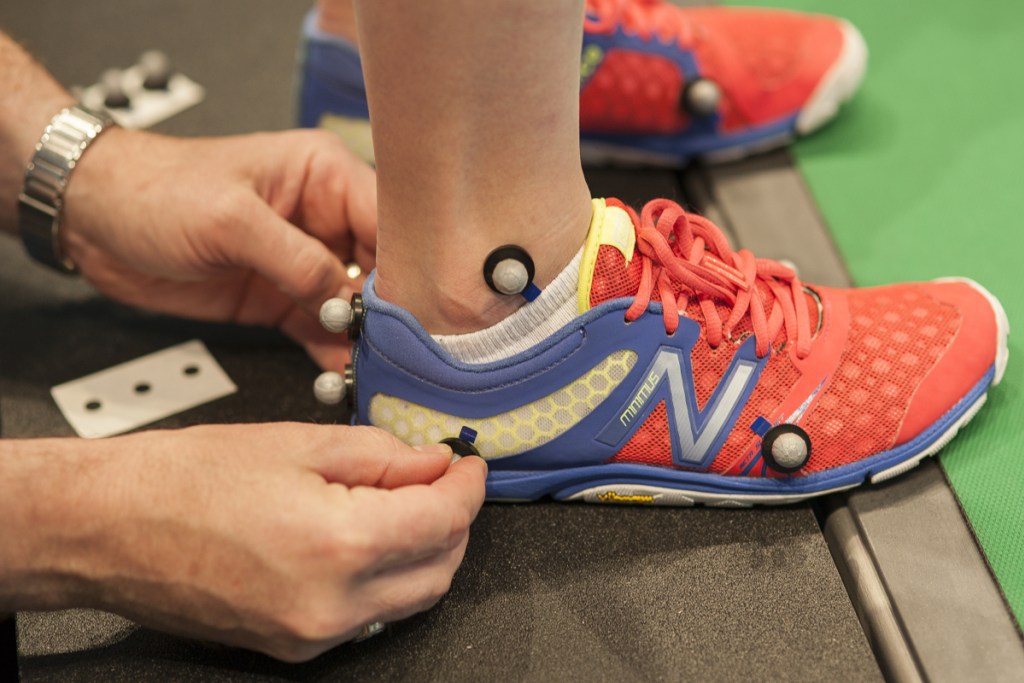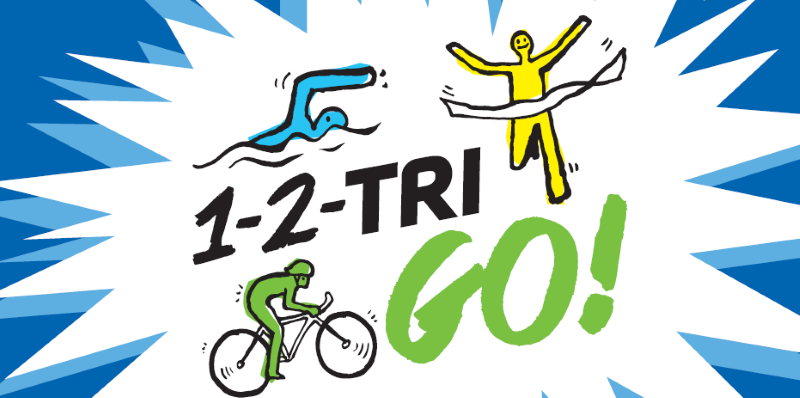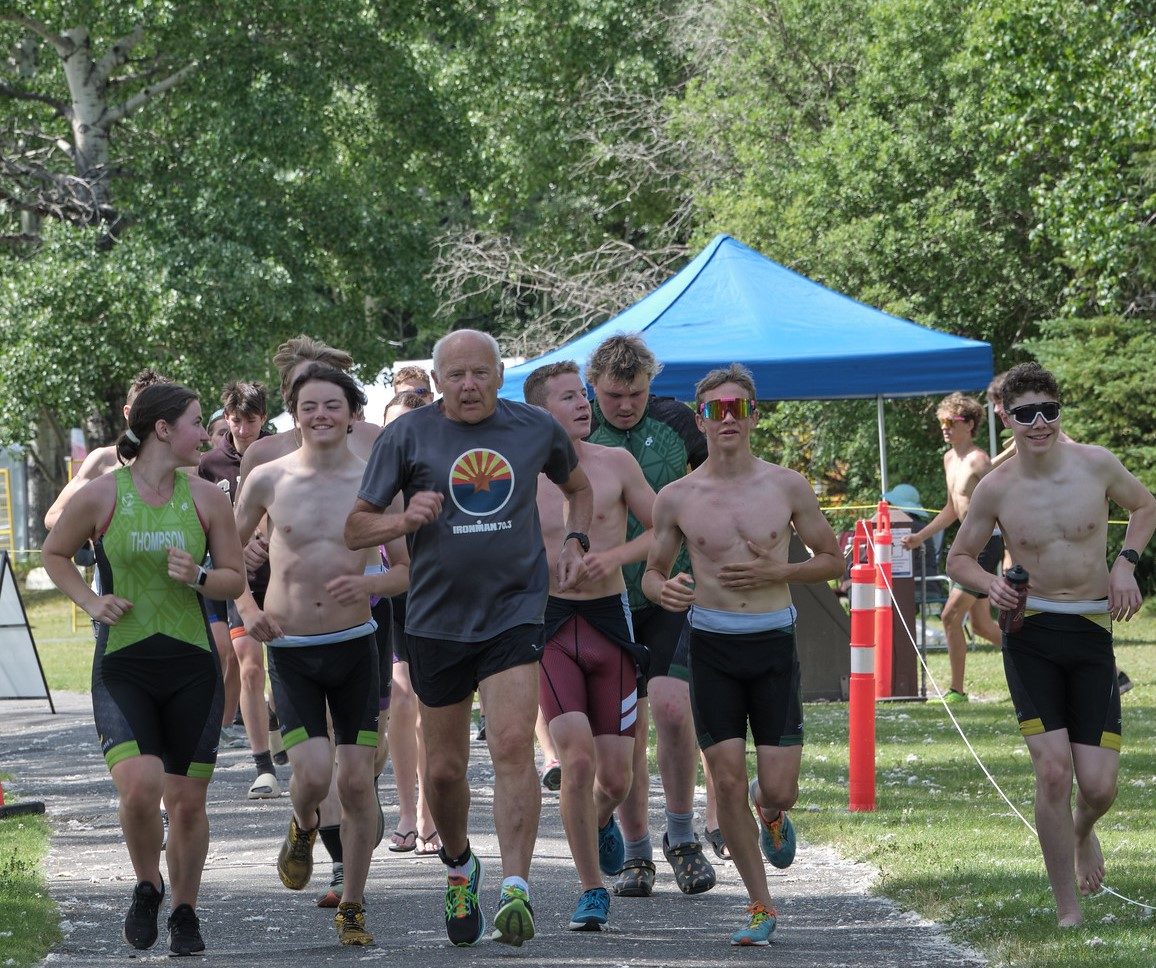By Christopher MacLean, Director, Fortius Lab & Applied Biomechanics
Your next race is fast approaching and you’re busy training, figuring out the logistics of race day and researching the best equipment, but have you taken a step back to listen to your body? Are you getting new (or awakening old) aches and pains? Do your shoes feel comfortable?
Addressing your running biomechanics (motion & forces) is not only important for treating and preventing injuries, but can also help improve your performance. As we enter a new year of distance running events, check to see how many of these five biomechanical considerations you keep top of mind.
1.FOOTWEAR
The most important consideration is that you are wearing the shoe that suits your foot type. We are fortunate in the lower mainland to have many technical running shoe companies that are well versed in directing runners to what is likely the best shoe category for them. Running shoes vary in their level of support, cushioning and offset. It is important to have guidance as to the best shoe category (i.e., cushion, neutral supportive, stability, motion control), and then the best approach is to let comfort be your guide. If you are in the facility, we recommend stopping by our resident retail partner FitFirst in the Fortius Atrium to get fitted.
2.RUNNING TECHNIQUE
Focusing on things like step length, stride width and your positioning prior to landing can help to prevent and resolve overuse injuries. It is repetitive forces that cause injury, and our bodies have movement patterns to efficiently lessen force. These mechanisms can be drastically altered by over striding (increased step length), crossing over (decreased stride width) or an inefficient movement pattern with landing (the coupling of hip flexion, knee flexion and foot pronation). These are all variables that can be identified through quantitative biomechanical analyses and addressed through what is typically referred to as gait retraining or movement re-education for the runner.
3. THE PELVIC AND HIP COMPLEX
Over the past three decades, running biomechanics have evolved from focusing primarily on the ground up approach (the foot as the primary driver of what occurs at the knee and up the body) to understanding the influence the hip and pelvis have on affecting movement down to the foot.
We now have sufficient evidence that asymmetry in the pelvis and hips can contribute to injury mechanism at the knee or below. Having a biomechanical analysis, or assessment can help to identify these movement patterns that are difficult to identify without equipment that can measure you while you are running.
4. A TRAINING PROGRAM
You can have the biomechanics of a formula one racer, but if your training programming is not in alignment you may also be susceptible to injury and/or decreased performance. We are fortunate locally to have excellent running endurance coaches that can assist in runner assessment, programming and strength and conditioning. Do your research and pick a running clinic and coach that can provide you with a professionally vetted training program that fits with your goals and limitations (or visit the Fortius RunSTRONG page to learn more about the clinics we offer).
5. BIOMECHANICAL ANALYSIS
The best way to assess biomechanics is to measure the runner while they are actually moving. However, this is difficult to do without sophisticated equipment. Our vision at the Fortius Lab is to make this level of technology accessible to everyone.
Using state of the art 3D video capture technology with a force treadmill we measure your biomechanics while you are running (or walking). Our analysis is scientifically-based and we focus on a number of things to help you in the prevention and management of running-related injuries and running performance.
Watch the video above or visit our biomechanics webpage to learn more about the Fortius 3DRun or walk analysis. Visit our Return-to-Run page to learn about our customized program for running injury treatment. For more information, questions or to book in today, contact me, Christopher MacLean, at 604-292-2597 or via e-mail christopher.maclean@fortiussport.com.
For other inquiries, contact our Lab at 604.292.2503 or lab@fortiussport.com.
Did you know Triathlon BC members receive a preferred rate on select lab testing? If you’re a current Triathlon BC member, receive 20% off your body composition analysis. If you’re a current Triathlon BC member, Redeem here to save 20% using promo code TriFortius2018.
This article was provided by our partner in sport, Fortius Sport & Health.




